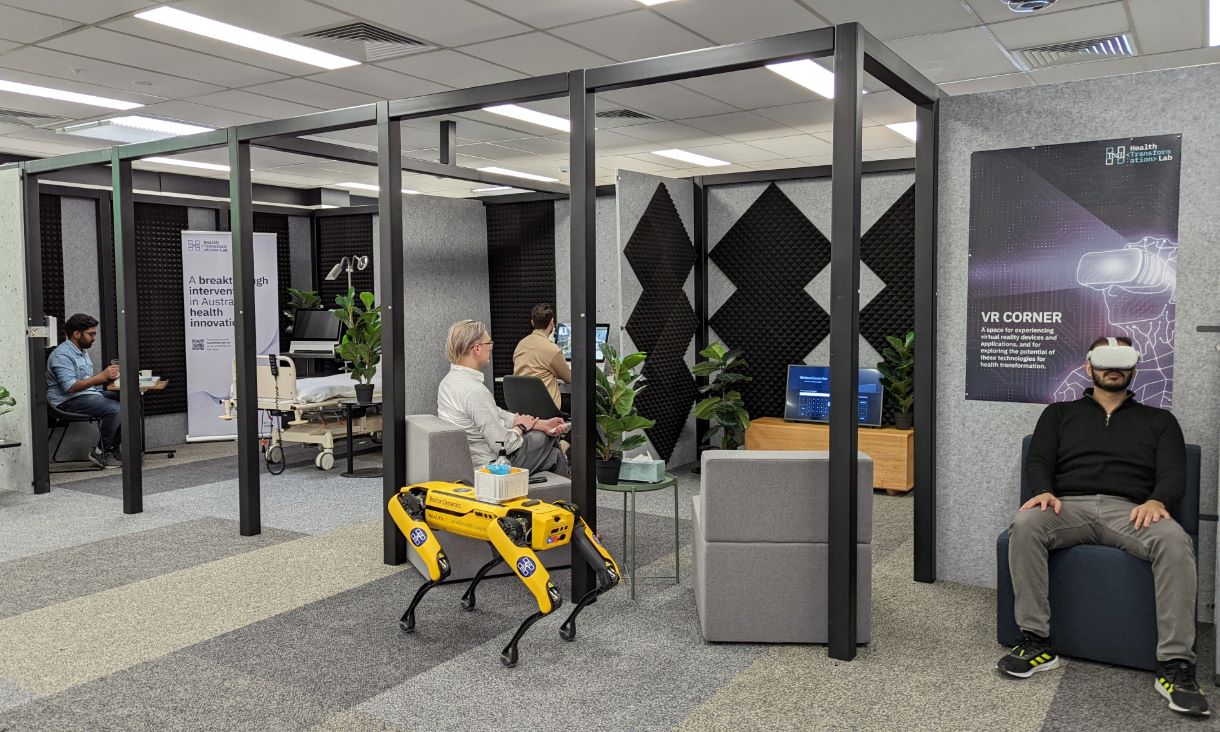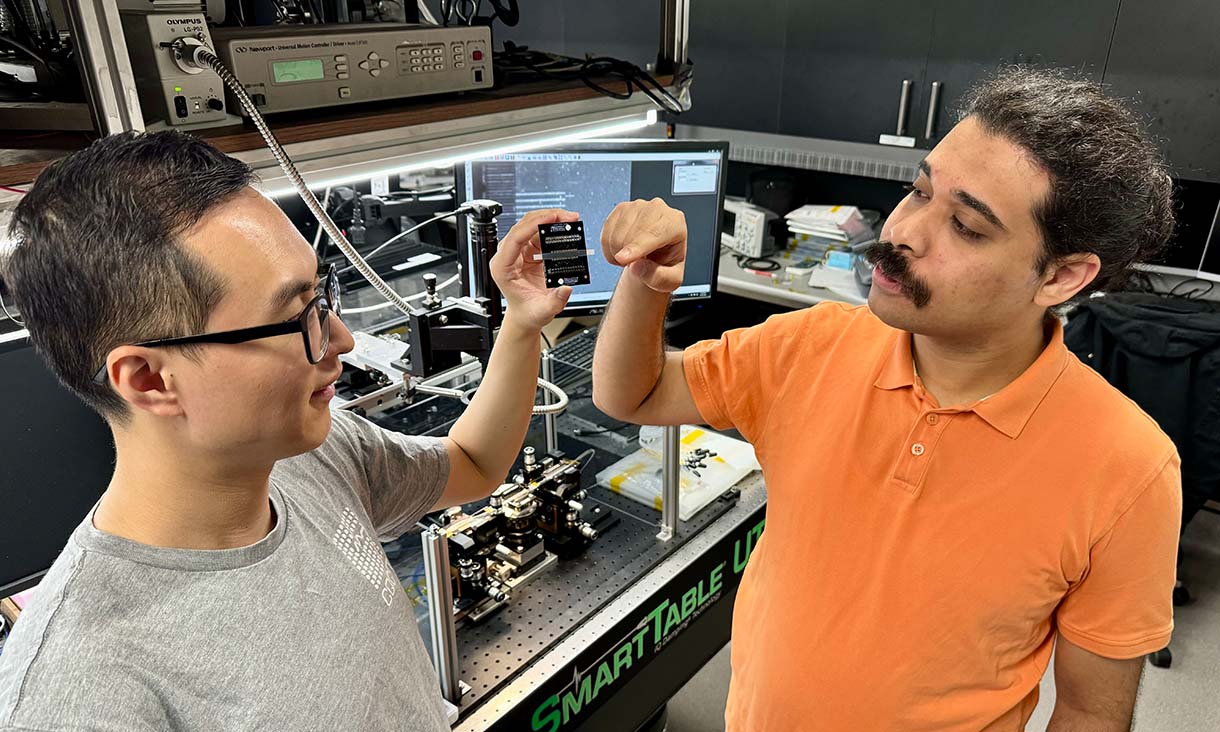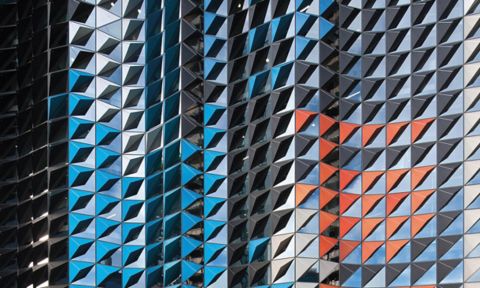“We are on the cusp of a technology-driven ‘supertransition’” - RMIT expert says deep economic change is occurring with profound consequences for business
RMIT economist Dr. Darcy Allen says the world is in an economic ‘supertransition’: profound economic change driven by the simultaneous combination of technologies.
Top five health tech trends give a glimpse of the future of healthcare
A new report reveals the five most significant tech transformations for health – and how to advance adoption over the next 12 months.
A promising leap towards computers with light-speed capabilities
Scientists have created a reprogrammable light-based processor, a world-first, that they say could usher in a new era of quantum computing and communication.
New hub to make diamond-based quantum computers
A joint research and development hub will harness the strength of synthetic diamonds to build a new generation of quantum computers.







